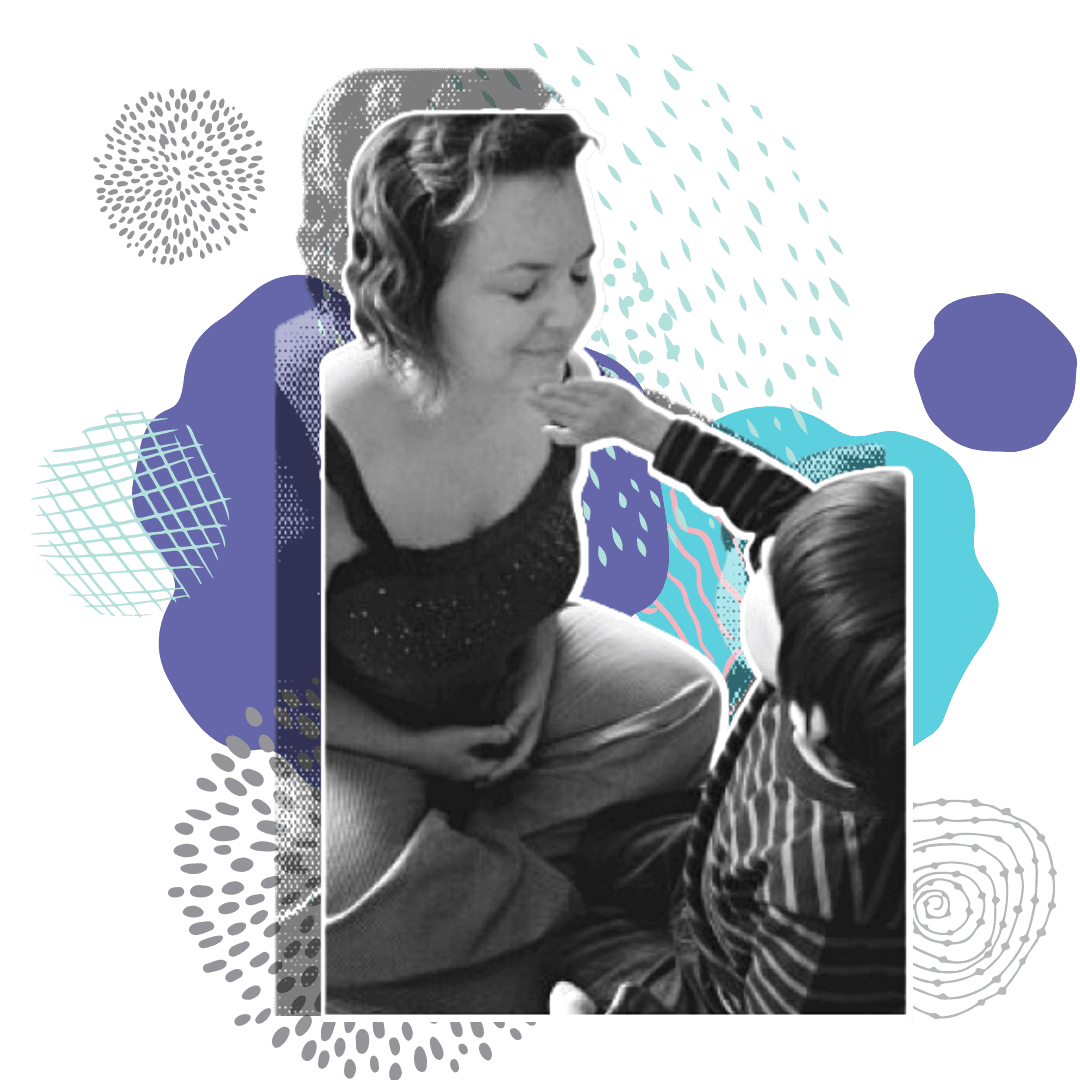During the pandemic, many of us have adhered to, and continue to follow, some pretty stringent COVID restrictions. We’ve been avoiding physical contact by staying home, staying safe, and social distancing.
Moving forward, we realize as much as we need to follow safety guidelines, we see an uptick in cases of loneliness, anxiety, stress, and depression among all people, including children.
Many believe this could result from our lack of human connection, namely touch.
The researchers at Arizona State University found that lacking or not receiving physical contact can have very long-lasting adverse health effects.
Addressing this lack of touch appears more than ever to be imperative, especially for children.
We need to understand what Touch Therapy is and isn’t.
Many people confuse Therapeutic Touch with Touch Therapy; let me clarify.
Therapeutic touch is a form of “energy healing” popular in the American nursing community. In the words of its official organization, Therapeutic Touch® International Association, “Therapeutic Touch® is a holistic, evidence-based practice that incorporates the intentional and compassionate use of universal energy to promote balance and well-being.”
Therapeutic touch is used by nurses in various settings, from the office to the Intensive Care Unit (ICU). Despite the name, no actual touching takes place.
Touch Therapy involves the parent or therapist providing direct physical tactile therapy. This evidence-informed therapy is uniquely adapted for every person to best meet their physical, physiological, and emotional needs while providing for caution in the case of any healthcare concerns.
Some very profound benefits take place when we use Touch Therapy.
Touch stimulates the vagus nerve, the longest nerve in your body connecting the brain to all organs. When Vagal stimulation is improved, so too are our stress and anxiety levels. Oxytocin (the love hormone), Dopamine, and Serotonin (feel-good chemicals) tend to increase, while levels of Cortisol (stress hormone) go down.
We must focus on Children.
Children require tactile stimulation through various sources to fully develop their body, mind, and spirit. Children who receive touch therapy may experience numerous benefits, including decreased anxiety, enhanced pulmonary and immune function, enhanced body image, increased bonding and attachment, a healthy sense of boundaries, stress reduction, and overall well-being.
Massage therapists and healthcare providers wishing to incorporate touch therapy within their practice with pediatric clients required specialized training helps to achieve full benefit. Yes, you receive appropriate massage education during your time in school; however, you have to ask yourself, “Was there ever a focus on appropriate touch therapy for pediatric clients?”
Whether a child is considered to be typically developing or affected by specific healthcare considerations, you must take the time to fine-tune and develop kid-friendly skills as a professional therapist.
Kids are different than adults.
Children have different physical, emotional, and developmental needs than adults, so you must always consider early childhood development considerations.
It is essential to use touch therapy and methods of interacting with children using age-appropriate activities that stimulate a child’s development. Use storytelling and songs to engage and inspire children.
“Before the age of twelve, children learn about their world kinesthetically – meaning they learn through touching, feeling and experiencing the material.”
In addition to physical, experiential activities, calming and relaxing touch should be introduced through touch therapy and sensory-rich developmental activities.
Touch therapy for children uses specific case-by-case adaptations of massage therapy as appropriate for pediatric clients.
It is vital to building rapport and trust in your professional relationship with each child. Each child needs to know they can trust you and that you will listen to their requests. Learn how to explain touch therapy to children in age-appropriate language.
Asking permission is required, as is the ability to effectively understand verbal and non-verbal cues. When you ask permission before touch therapy, you’ll encourage children to develop healthy boundaries and become more secure as they grow older.
Our goal is to empower children to have the ability to direct their therapeutic session and, at times, even refuse it.
When we practice touch therapy with the child’s empowerment first, this is when they will experience the benefits of this therapeutic intervention.

